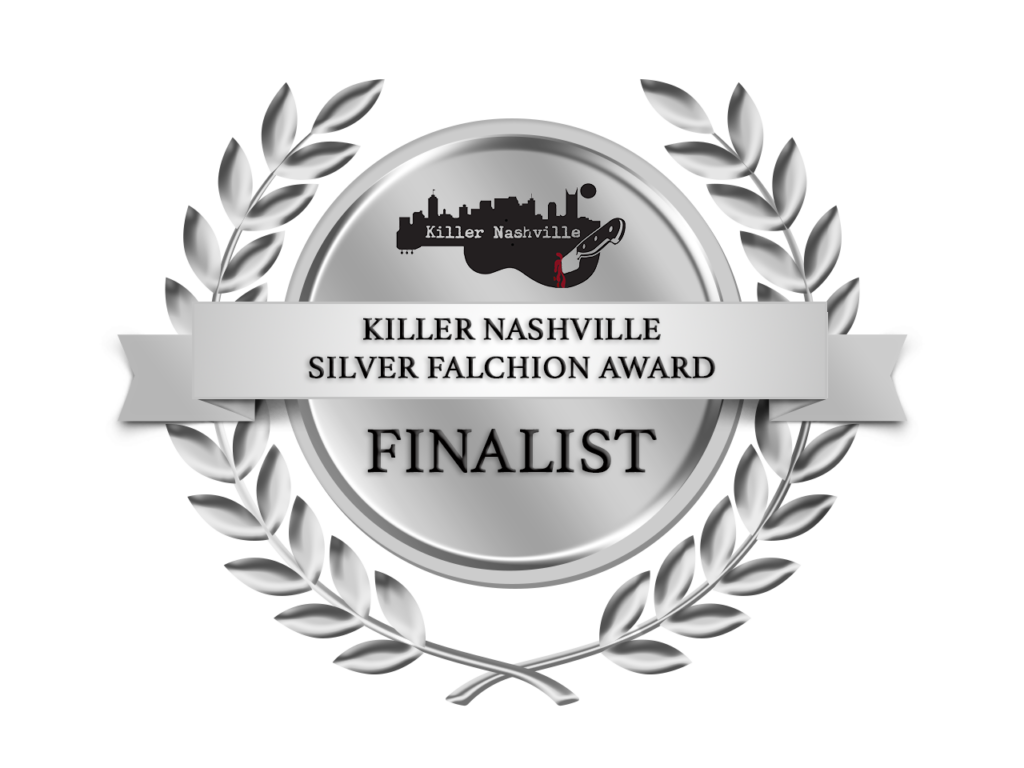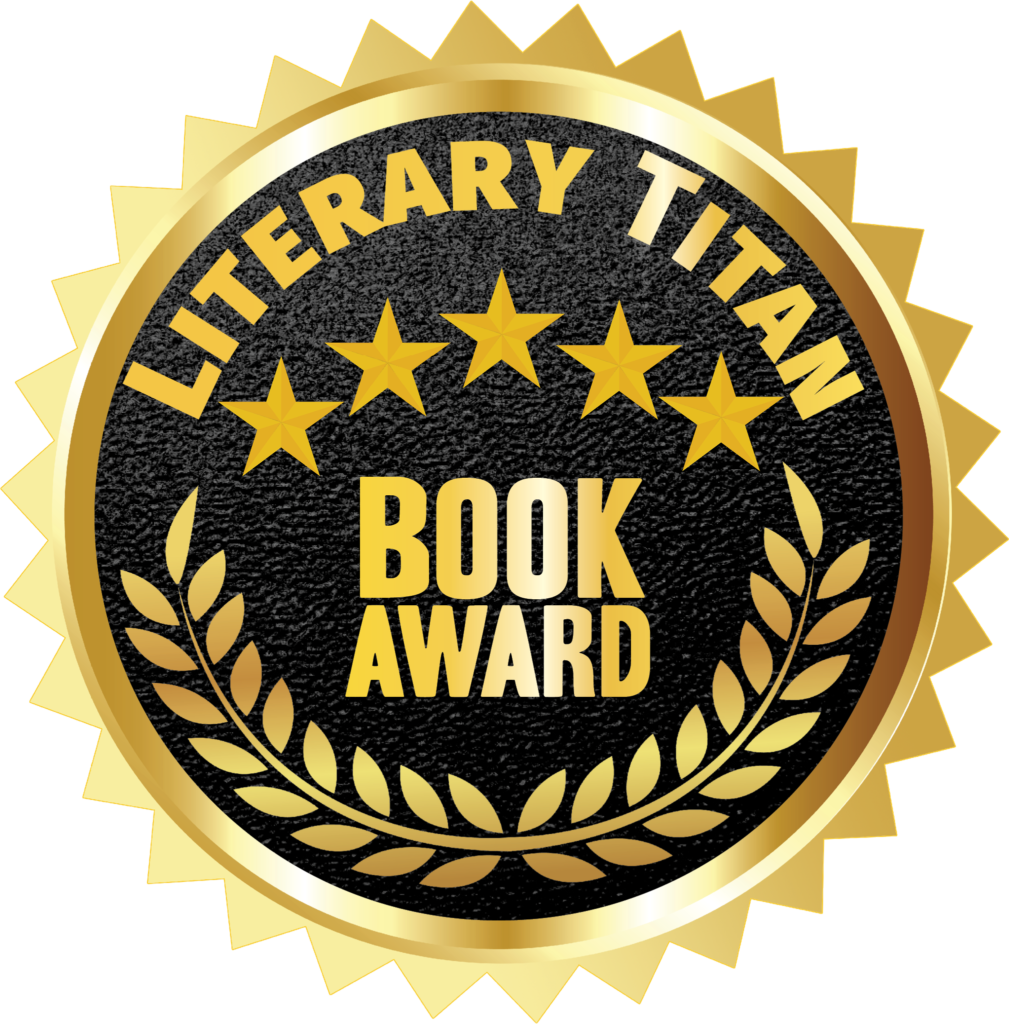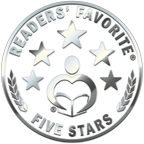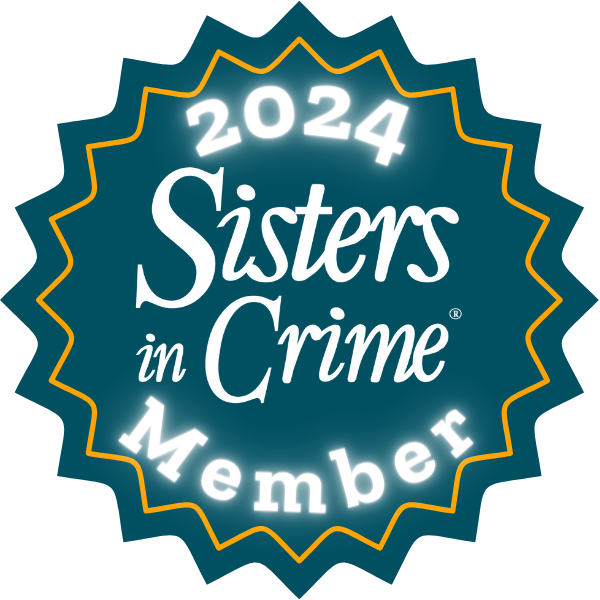Okay, one more Killer Nashville-related post. 🙂 I realized that in last week’s post about the conference, I skimmed over the manuscript critique sessions. Sitting in on those as a reader was kind of like attending a writing club, speed-dating style. My job, as you may recall, was reading aloud the first two pages of a writer’s work so that the agent could provide feedback. This was done in a room of half a dozen writers taking turns. Everyone chipped in to provide advice.
For those of you looking for the secret, highly scientific formula for the perfect opening scene, here are some of the suggestions that came up again and again. 🙂
1. Read it aloud!
This was the most obvious takeaway, and something that I mentioned last week too. Do it! Have someone else read it for you if you can! You’ll catch a lot of grammar oddities and unclear statements this way.
2. Look out for redundant adjectives and adverbs.
You don’t have a lot of time or space for making a first impression. Don’t tell us the same thing twice. This goes for easily spotted phrases like the tall giant (a giant is already tall, adjective unnecessary!) (and yes, giant is what came to my mind first, haha). This also goes for repetitions that aren’t as obvious. I noticed them a lot around dialogue. Example: “No!” he shouted angrily, slamming his fist on the table. First of all, you don’t need “angrily;” and if you’re serious about cutting things out, you don’t really need “shouted” either. Revision: “No!” He slammed his fist on the table. “I hate giants!”
3. Don’t be afraid to let character voice shine through.
This goes especially for first person narratives, or close third person (where we’re privy to the character’s thoughts). Out of two days of reading excerpts, I think I heard a complaint about something being too “voicey” maybe once. And that was only because the character used a word that most of us in the room didn’t understand! I think that voice is what endears the reader to the character, so it really can’t show up too soon. (Voice — word choice, phrasing, etc — can also communicate a lot about your setting and time period really fast, which helps situate the reader if done well!)
4. Keep tone in mind, too!
I heard this suggestion from one of the authors, and I have to admit, it took me by surprise. I hadn’t ever thought to separate voice and tone before. But he was completely right: while voice is the word choice, tone is the mood and way the words are being said, which comes across through the sentence length and punctuation. Maybe the character is angry and thinking/speaking quickly, or is removed from the scene and using long phrases. Or they’re being a total grump and focusing on negatives (which is a trouble I’ve had with some of my characters in the past!). And in that case, they’re probably not making the best impression. 🙂
5. Be intentional about character introductions.
This came up at last night’s Cozy Mystery Book Club meeting too (check them out here!). We were discussing Jenn McKinlay’s Books Can Be Deceiving, which has some wonderful examples of this. Case in point: when we meet the best friend and murder suspect, she’s wearing a teapot costume, having just finished running a story time for kids. Is there any better way to make sure a cozy reader will sympathize with that character and care about her fate? 🙂 Character introductions aren’t just about the way you describe the character: they’re about what the character is doing (and their voice and tone, too!).
Bonus!
So, all of this has been my interpretation of the advice I soaked up during Killer Nashville. Here’s something else: it’s entirely my own opinion, and it feels like it might be an unpopular one, but here goes.
Prologues aren’t dead.
Since the moment I started researching publication for my first fantasy novel, I’ve heard that prologues are bad. No matter the genre, you can find people decrying them. Some people are so emphatic that it seems like Step One to Publication must be “delete your prologue.”
And yet . . . at least half the stories I read aloud at Killer Nashville had prologues. And only once was the author advised to remove one. Now, because I was reading mysteries, most of those prologues were describing the murder (some were from the killer’s point of view, some not). This is just a guess on my part, but I think setting up the story that way feels natural to us because a lot of murder mystery TV shows do exactly the same thing. I’m not an agent and I can’t sell your book, but I’m just saying, if your story has a prologue then you’re in good company.
And in the end, the same rule applies to prologues as applies to the rest of writing: if you can make it work, then it’s allowed. (That’s a close to a secret formula as I’ve been able to get!)
Happy writing!





